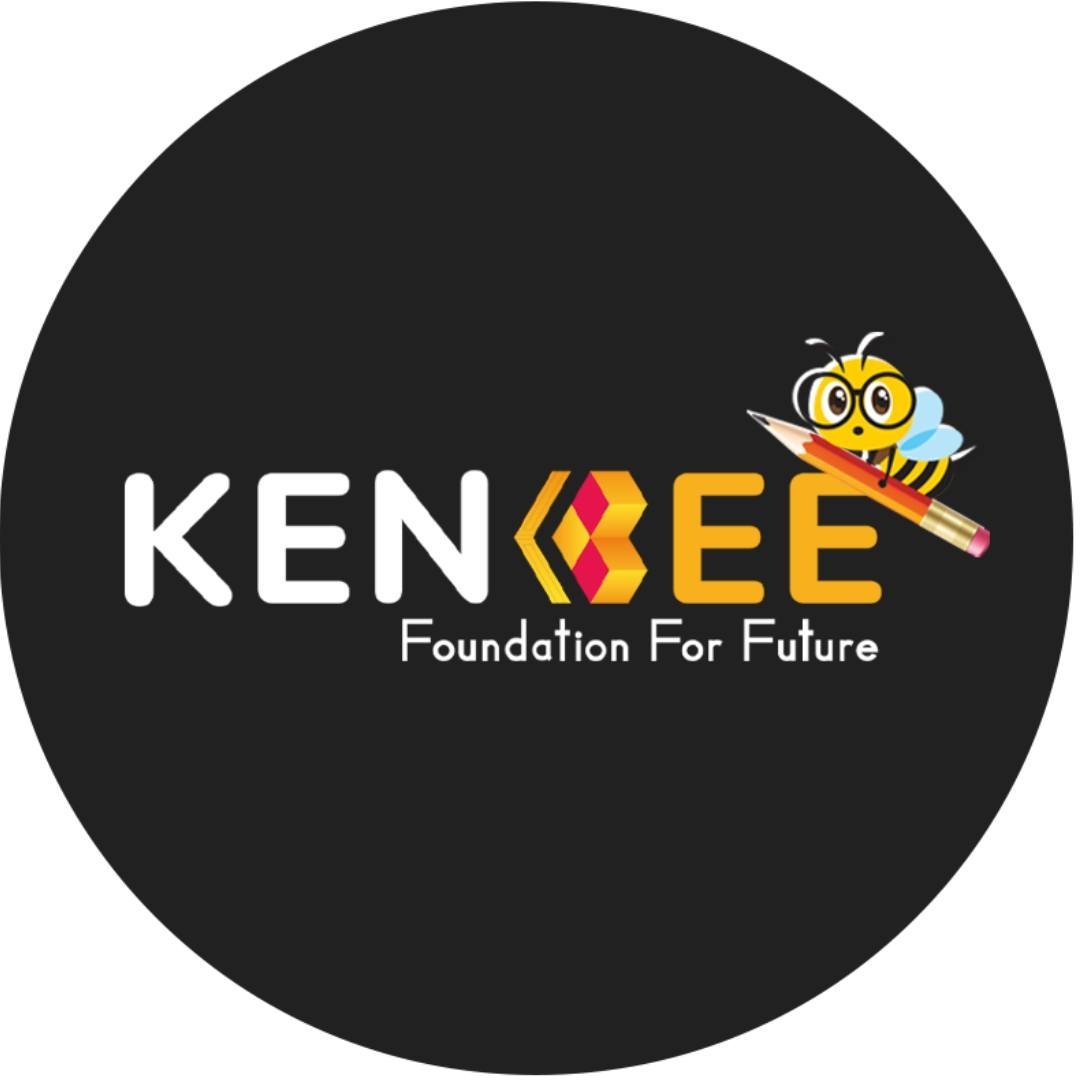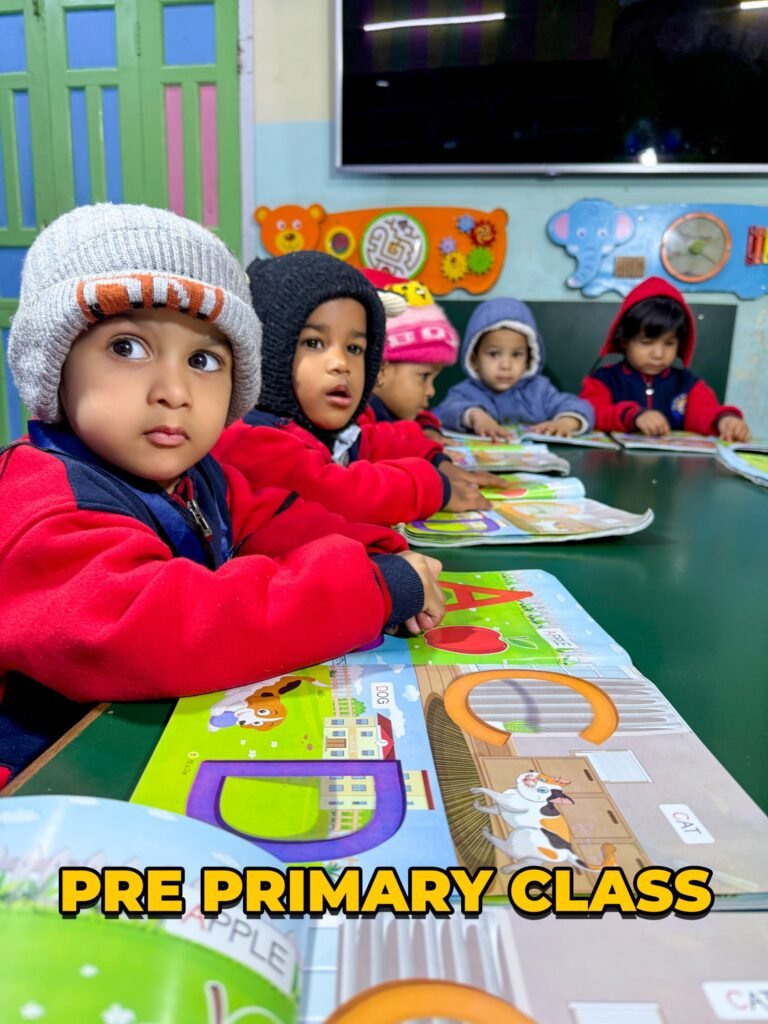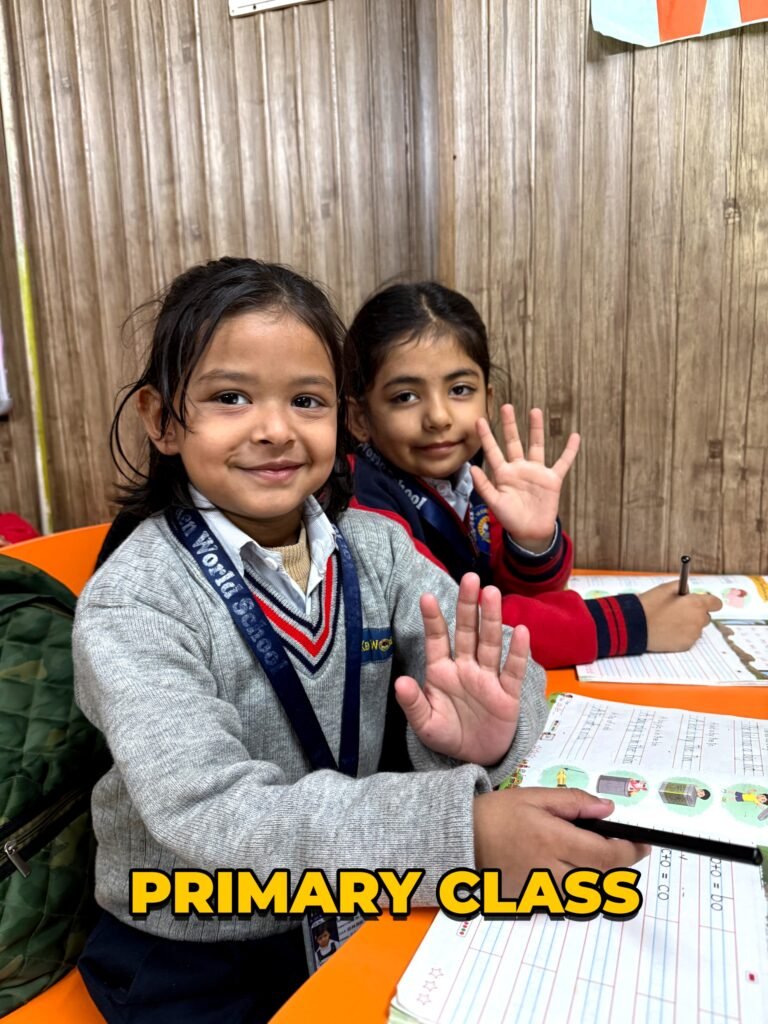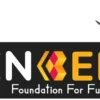No products in the cart.

Primary and Preprimary Classes: Meaning and Difference!
The importance of pre-primary and primary classes has increased in the past decade. The distinction between both the wings has increased dramatically and come under the lens of the school owners, teachers, and parents alike. Schools are much more focused and planned on both the lower and upper sections of studies. Schools keenly participate in building the curriculum of the pre-primary and primary classes and plan for the overall development and growth of the children. In this article, we look upon the factors that differentiate both the wings of the schools, the starting classes, the ending classes, and what defines both sections of the school.
What is Pre-Primary classes? | Which are the preprimary classes?
The Wikipedia defines “pre-primary or creche” from 6 weeks old to 6 years old—is an educational childcare service a parent can enroll their child(ren) in before primary school.
The National Education Policy 2020 of India, i.e., the NEP 2020, notes that kids aged 3-6, are not part of the current schooling structure of 10+2, with Class 1 accommodating children aged 6. The new structure aimed at promoting improvement in overall learning, development, and well-being, includes children aged 3. The new guidelines allow children from age 3 into the pre-primary classes. The key aspects of the NEP 2020 preschool curriculum are the development of cognitive abilities, social-emotional, physical skills, and numeracy skills.

Highlights of the NEP 2020 for pre-primary classes:
- Play-Based Learning
- Holistic development
- Foundational literacy and numeracy
- Early Language Development
- Focus on the child’s interests and abilities.
- Teacher Training and Support
- Parent and community involvement
- Universal access
- Curriculum Framework
Which are the pre-primary classes?
The pre-primary classes start from playgroup, moving to nursery, lower KG (aka junior KG), and senior KG (aka upper KG).
Pre-primary class assessment areas are:
As per NEP guidelines 2020, the children in pre-primary classes are to be developed and assessed on the following factors:
Domain | Assessment Technique |
Physical & Motor Development | Observation during activities |
Cognitive Development | Interactive tasks and games |
Socio-Emotional & Ethical Development | Teacher observations, peer interactions |
Language & Literacy | Oral and written exercises, storytelling |
Numeracy | Practical tasks, counting games |
Aesthetic & Cultural Development | Art and music presentations |
Pre-Primary Curricular (as per NEP 2020 guidelines)
The NEP 2020 guidelines for pre-primary classes have given the following curriculum for the children:
Domain | Focus Areas |
Physical & Motor Development | Gross and fine motor skills, coordination, physical activities |
Cognitive Development | Problem-solving, logical thinking, memory, attention |
Socio-Emotional & Ethical Development | Empathy, cooperation, self-awareness, ethical understanding |
Language & Literacy | Listening, speaking, reading, writing in mother tongue/regional language |
Numeracy | Counting, number recognition, basic arithmetic operations |
Aesthetic & Cultural Development | Art, music, dance, drama, appreciation of local culture and traditions |
Click to know more about Play Group Class Books
What is a primary class?
Wikipedia elaborates for primary classes or Primary school is a school for primary education of children who are 4 to 10 years of age (and in many cases, 11 years of age). Primary schooling aka elementary school follows preschool and precedes secondary schooling.
In India, the primary class follows the pre-primary classes, starting for kids aged 5-6 years and moving to Grade 1 after UKG till Grade 5. But the introduction of NEP 2020 in India has further drilled the Grade 1 and Grade 2 into the preparatory stage, Grade 3, 4, and 5 in the foundational stage.
The NEP 2020 guidelines for the elementary school mandate strengthening numerical ability and a strong foundation on literacy and mother tongue language. It focuses on developing the psychomotor, affective, and cognitive abilities of the young students. For this, play and activity-based learning are utilized, enabling the learning to be effective.

The major focus areas of primary education as per NEP 2020 are
The NEP 2020 lists the key aspects of primary classes as follows:
- Age range: Kids between 6 to 11 attend the primary/ elementary classes.
- Curriculum: The curriculum focuses on the overall development of children, encompassing the subjects of social studies, science, languages, and mathematics.
- Objectives: The NEP 2020 focuses on primary education, developing critical thinking, character of the children, and literacy and numeracy skills.
- Social and Communication Skills: The primary school and classes act as a window for the children to improve their communication abilities with the class and school children.
- Mandatory and Free: Primary education is mandatory for all children in India.
Primary classes curriculum
As per NEP 2020, the primary classes curriculum focuses on the following different aspects; this is in accordance with children in the age group of 6-11 abilities:
| Domain | Focus Areas |
| Language Development | Reading, writing, listening, speaking in mother tongue/regional language and English |
| Numeracy | Basic arithmetic operations, number sense, patterns, measurements |
| Environmental Studies | Understanding surroundings, basic science concepts, social awareness |
| Art Education | Drawing, painting, craftwork, appreciation of art |
| Physical Education | Games, exercises, yoga, development of motor skills |
| Moral and Ethical Education | Values, empathy, community participation |
| Digital Literacy | Basic computer skills, safe use of technology |
Primary class assessment areas:
At the primary school level, the following areas of the child’s development and education are assessed by the school:
| Domain | Assessment Technique |
| Language Development | Reading aloud, writing samples, oral presentations |
| Numeracy | Problem-solving tasks, quizzes, practical exercises |
| Environmental Studies | Projects, group discussions, field observations |
| Art Education | Portfolio of artworks, exhibitions |
| Physical Education | Observation during activities, skill demonstrations |
| Moral and Ethical Education | Role-plays, discussions, teacher observations |
| Digital Literacy | Practical tasks, demonstrations |
Difference between pre-primary and primary classes
It is important to understand the difference between primary and pre-primary classes, as both classes are designed for different age groups of children and accordingly allocate different classes. Hence, the classes have a different timetable, a different curriculum, and are assessed differently. The methodology, strategy, and concepts for both levels of classes are different because a child’s developmental needs are different. Whereas the pre-primary classes introduce the child to the environments of social structure around him, focusing more on learning through activity and fun, thereby introducing him to the basic foundational stage, primary or elementary classes start building upon these basic concepts in a more systematic method and curricula under the preparatory stage, clearing the basic concepts to build a strong foundation for deeper studies of the middle stage. Hence, both stages are necessary as they set the tempo of a child’s learning for higher learning and overall development for a meaningful contribution to society.
Click to know more about Prep Class 3D Books







Add comment